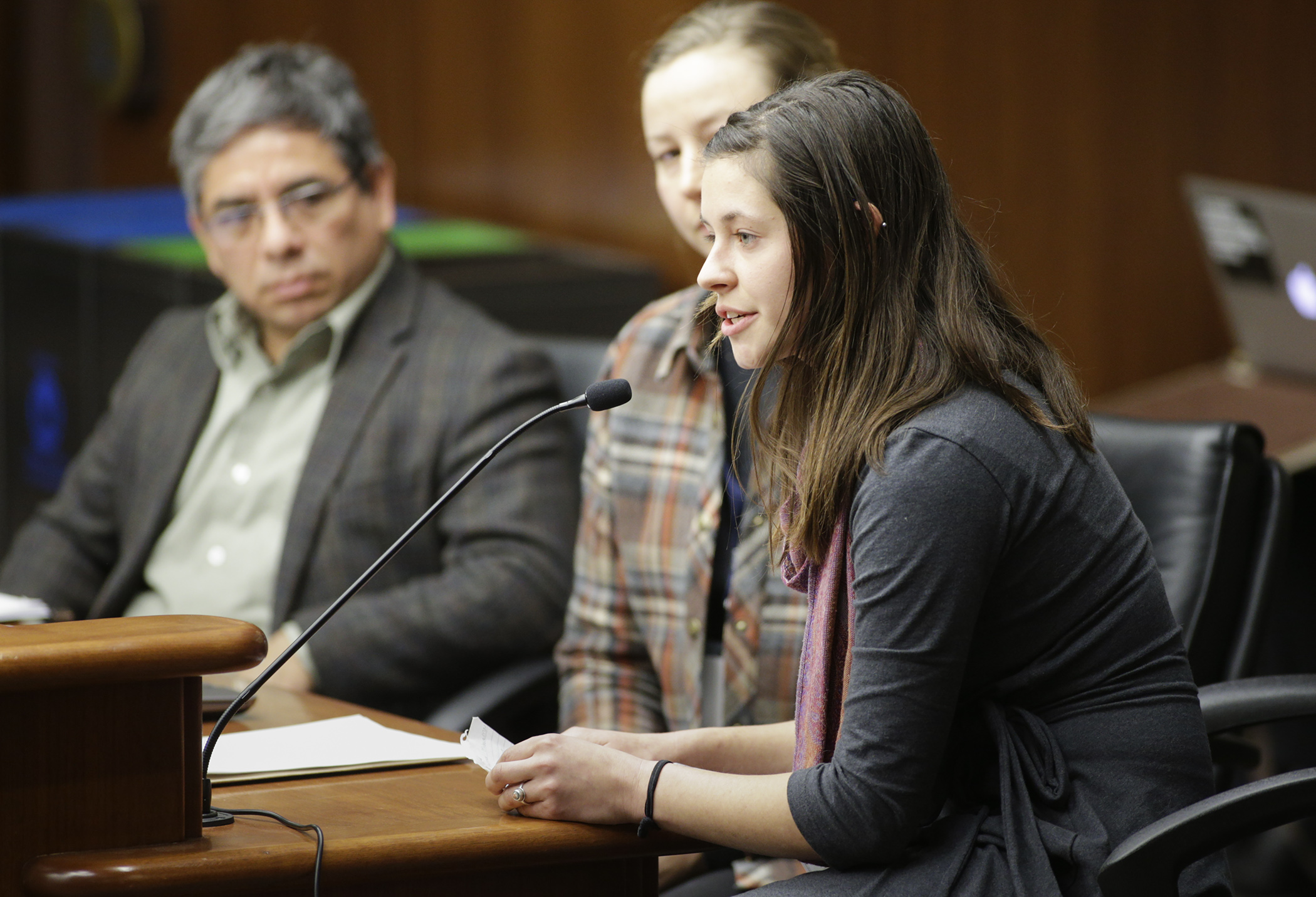Minnesota hemp industry still blossoming, division hears

The number of hemp growers in Minnesota continues to bloom, beginning with six pioneer farmers in 2016 and sprouting to 343 last year.
Since the federal 2014 Farm Bill paved the way for states to begin hemp production, hemp has been grown within state pilot programs. Minnesota was one of the first states to begin a hemp program, and the state had 65 applicants in 2018 and 723 in 2019, according to officials with the Department of Agriculture.
Anthony Cortilet, who supervises the hemp and noxious weed programs for the department, said hemp looks similar to marijuana, and people often report “big, bushy” tree farms that are hemp.
“It’s challenging but we’re working our way through it,” he told the House Agriculture and Food Finance and Policy Division Thursday.
Minnesota had hemp processing plants in the 1940s, but after prohibition they were retrofitted or torn down, Cortilet said.
“We certainly have the growers if they come,” Cortilet said of investors that could build fiber processing facilities.
The division chair, Rep. Jeanne Poppe (DFL-Austin), said some hemp bills will be coming this session.
Farm liquidity
The division also heard preliminary findings of a study on the rural economy from the Center for Rural Policy and Development.
So far, they said the downturn in the farming economy doesn’t appear to have had a major impact on Greater Minnesota’s economy overall, except in western and southwestern Minnesota, where more businesses are dependent on agriculture producer spending.
Research Associate Kelly Asche said farmers are shouldering the downturn and taking on more debt.
“How much longer that can go? I don’t know,” he said.
The average debt-to-asset ratio per farm was 13 percent in 2018, compared to 19 percent nationwide.
“A lot of folks are currently worried about liquidity,” he said, saying loans are getting harder to get and he’s hearing rumors of more bankruptcies coming as land values remain “stubbornly high.”
Emerging farmers
A working group, initiated by a legislative request, shared its report on emerging farmers, including how to cultivate them, especially minorities.
Out of the state’s roughly 68,000 farms, less than 1,000 farmers are in minority groups, according to Assistant Agriculture Commissioner Patrice Bailey.
Six listening sessions were held since November, with common themes including land availability and prices, financial barriers and market access and infrastructure.
The department recommends a task force be created and that agricultural microloans be increased from $10,000 to $20,000.
Hannah Bernhardt, owner of Medicine Creek Farm in Finlayson, raises grass-fed cattle and sheep, but has no barn for her livestock and has encountered numerous obstacles in trying to buy land. She said most programs are aimed at conventional farms.
Rachel Sannerud, owner of the Pluck Flower Farm in Milaca, also expressed support for increasing microloans, which she used to buy her first tractor.
In a separate effort to help, the Dairy Assistance, Investment and Relief Initiative approved last session, has helped 1,800 producers receive a combined $3.4 million in payments. The average check to them was $1,885. Applications were re-opened in December for another round, with up to $4.5 million in payments.
Related Articles
Search Session Daily
Advanced Search OptionsPriority Dailies
Ways and Means Committee OKs proposed $512 million supplemental budget on party-line vote
By Mike Cook Meeting more needs or fiscal irresponsibility is one way to sum up the differences among the two parties on a supplemental spending package a year after a $72 billion state budg...
Meeting more needs or fiscal irresponsibility is one way to sum up the differences among the two parties on a supplemental spending package a year after a $72 billion state budg...
Minnesota’s projected budget surplus balloons to $3.7 billion, but fiscal pressure still looms
By Rob Hubbard Just as Minnesota has experienced a warmer winter than usual, so has the state’s budget outlook warmed over the past few months.
On Thursday, Minnesota Management and Budget...
Just as Minnesota has experienced a warmer winter than usual, so has the state’s budget outlook warmed over the past few months.
On Thursday, Minnesota Management and Budget...